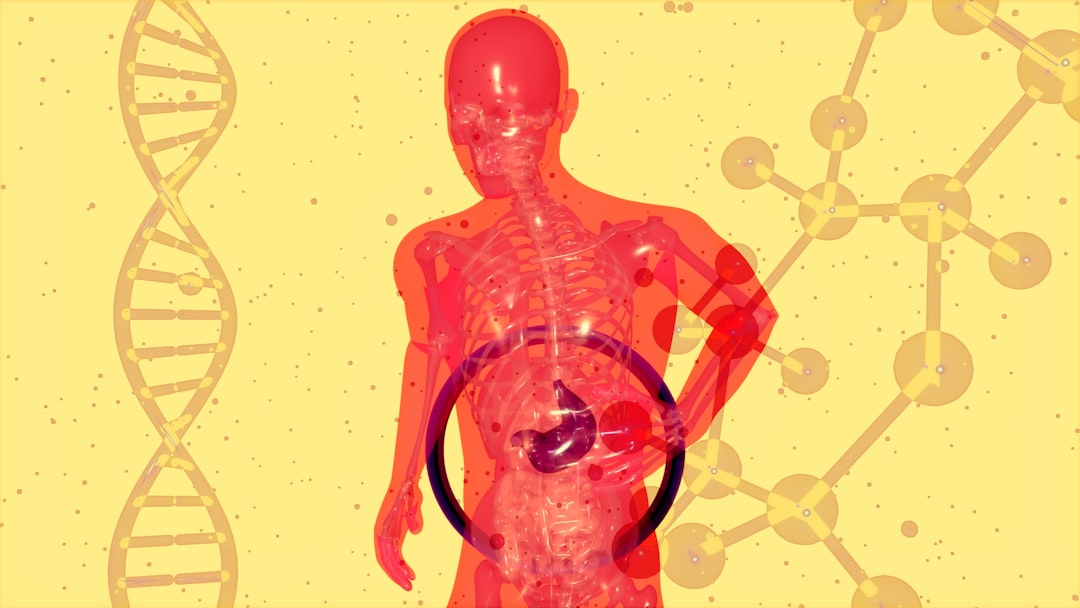What is it about?
Knowing what type of cells are present in a forensic sample can add probative information to DNA profiles that are recovered. Conventional techniques are either destructive or may be prone to inconclusive results. In this study we investigated whether morphological features and autofluorescence profiles of individual cells varied across three forensically relevant cell types (saliva, vaginal, and epidermal) and found that cells types could be differentiated with a high degree of accuracy using this non-destructive approach.
Featured Image
Why is it important?
Establishing the source of cells in biological evidence is a critical need for forensic caseworking agencies. The methods outlined here offer a new, non-destructive way of obtaining this information that is robust to aged/degraded samples.
Read the Original
This page is a summary of: Rapid differentiation of epithelial cell types in aged biological samples using autofluorescence and morphological signatures, PLoS ONE, May 2018, PLOS,
DOI: 10.1371/journal.pone.0197701.
You can read the full text:
Resources
Contributors
The following have contributed to this page










